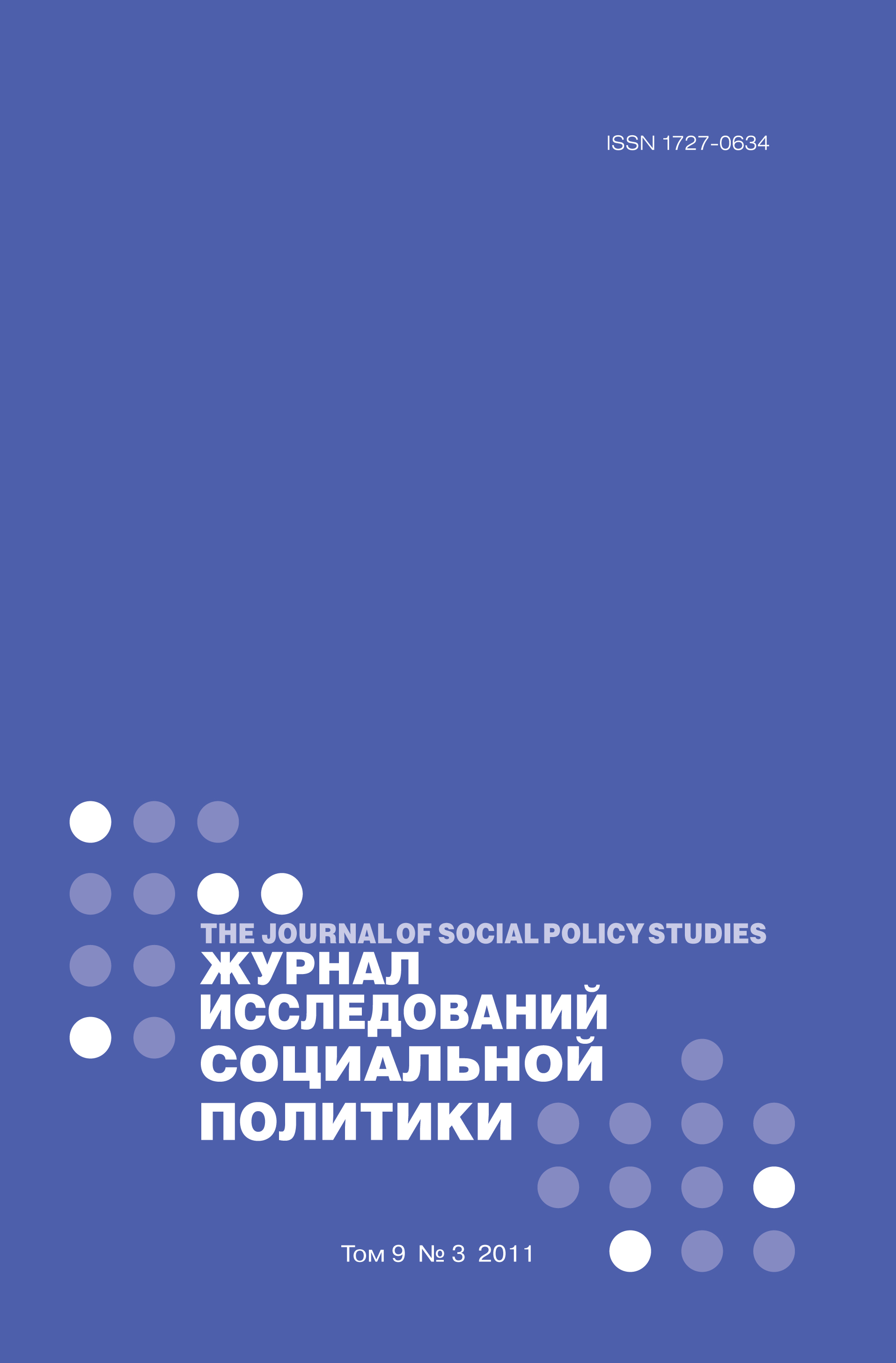Subcultural resources and practices of youth as overcoming of social limits (on the materials of ethnographic study of skinheads group)
Abstract
This article examines how youth gangs draw on subcultural resources to express and form their identities as they negotiate often limiting social structures. Using a study of skinhead gangs in Vorkuta, the author argues that in the context of today’s youth subcultures it no longer makes sense to talk about the authenticity of any subculture as a whole. Rather, it is better to use an understanding of the term ‘gang’ as defined by the youths themselves. Ethnographic fieldwork demonstrates that subcultures are better discussed in relation to issues such as the particular life strategies that members develop in response to the local socio-cultural context such as the availability of information resources to members of the subculture, their family circumstances, the opportunities available to them, and their individual cultural interests. There is a focus on both collective and individual cultural strategies, examining the resources gang members draw upon to symbolically negotiate not only geographical but socio-economic boundaries in their region.
Respondents incorporated not only a general subcultural definition of the gang, but also described specific communication processes and, most importantly, the existence of confidential, friendly relationships, shared experience and interests (for example physical training, sports or music) which were seen to contribute to definitions of the subculture. Existing social structures, such as gender, also had an effect on group interactions, and not all of the cultural interests and experiences that informants displayed matched up with official skinhead ideology. Changes in member lifestyles, interests or relationships with other group members also affected the extent to which members chose to identify with the skinhead ideology in the short- and long-term. The research stresses the positioning of informants not only as members of a subculture, but as individuals with their own personal preferences living a normal life. The choice of subculture is shown to be linked more to negotiating social boundaries than to a definitive acceptance of skinhead ideology.















